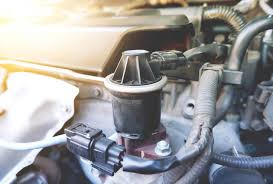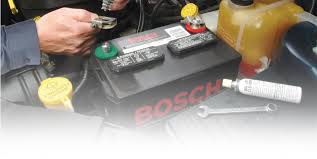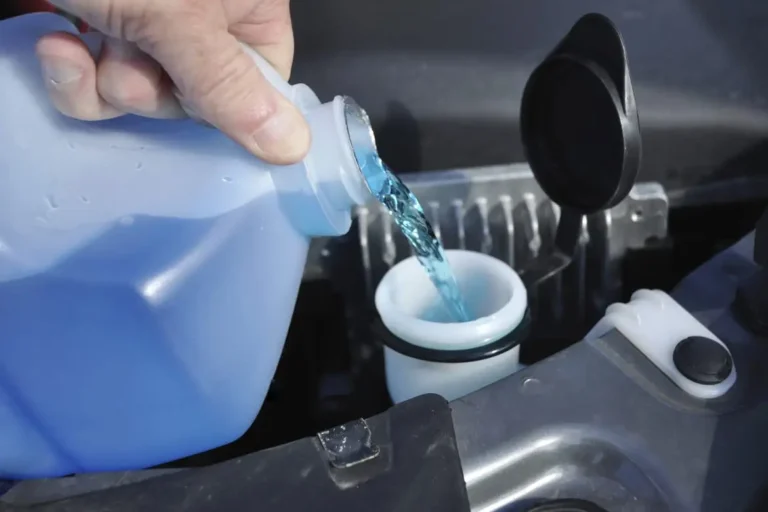Does a Battery Have a Direct or Alternating Current?

When discussing batteries and their function, one common question arises: does a battery produce direct current (DC) or alternating current (AC)? Understanding this distinction is crucial for knowing how batteries work and how they interact with various devices. This article explains the type of current a battery provides, how it functions, and why this distinction matters.
What Type of Current Does a Battery Produce?
1. Direct Current (DC)
Batteries produce direct current (DC). In a DC circuit, the electric charge flows consistently in one direction, from the positive terminal to the negative terminal.
2. Why Batteries Provide DC
The chemical reactions inside a battery generate an unidirectional flow of electrons. These reactions create a steady voltage that pushes electrons in one direction, forming a direct current.
How Does a Battery Produce DC?
1. Chemical Reactions
Batteries operate based on electrochemical reactions. Inside the battery, chemical energy is converted into electrical energy:
- The positive terminal (cathode) and the negative terminal (anode) create an electrical potential difference.
- This potential difference causes electrons to flow from the negative terminal to the positive terminal through a connected circuit.
2. Steady Voltage
The electrochemical process provides a constant flow of electrons, which results in the consistent nature of DC.
Differences Between DC and AC
1. Direction of Flow
- DC: Current flows in one direction only.
- AC: Current periodically changes direction, reversing back and forth at a specific frequency (e.g., 60 Hz in the U.S.).
2. Voltage Characteristics
- DC: The voltage is steady and constant.
- AC: The voltage alternates between positive and negative values in a sinusoidal waveform.
3. Applications
- DC: Used in batteries, electronics, and devices that require stable power (e.g., laptops, flashlights).
- AC: Used in household power supplies and appliances due to ease of long-distance transmission.
Why Don’t Batteries Produce AC?
1. Nature of Chemical Reactions
The chemical processes inside a battery inherently produce a steady flow of electrons. Reversing the direction of current would require a different mechanism that is not compatible with battery design.
2. Simplicity and Efficiency
DC is simpler to generate and store in batteries. Producing AC would add complexity and reduce efficiency.
Can a Battery Power AC Devices?
1. Directly, No
Batteries cannot directly power AC devices because they produce DC. However, AC-powered devices can be used with batteries if an inverter is employed.
2. Role of an Inverter
An inverter converts DC from a battery into AC, enabling it to power devices that require alternating current. Inverters are commonly used in applications like solar power systems and portable generators.
Examples of DC-Powered Devices
- Flashlights
- Remote controls
- Mobile phones
- Laptops
- Electric vehicles
These devices rely on the stable and consistent nature of DC provided by batteries.
FAQs
1. Why Do Batteries Use DC Instead of AC?
Batteries naturally produce DC because of the one-directional flow of electrons created by chemical reactions. AC would require an entirely different mechanism to alternate the current.
2. Can DC Be Converted to AC?
Yes, a device called an inverter can convert DC into AC, making it possible to use batteries for AC-powered devices.
3. Do Car Batteries Provide DC or AC?
Car batteries also provide DC. The vehicle’s alternator and inverter systems manage the conversion to AC where necessary.
4. Are There Any AC Batteries?
Batteries are inherently DC devices. However, systems can be designed to simulate AC output by using inverters or similar technologies.
Conclusion
Batteries produce direct current (DC) because of the electrochemical processes within them. This steady, unidirectional flow of electricity makes them ideal for powering a wide range of devices. While batteries cannot generate alternating current (AC) on their own, they can power AC devices with the help of inverters. Understanding the type of current batteries provide helps ensure proper usage and compatibility with electronic devices.
Also Check:
• Does Your Alternator Charge Your Battery?





